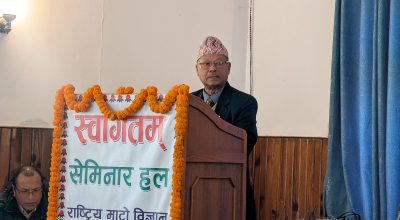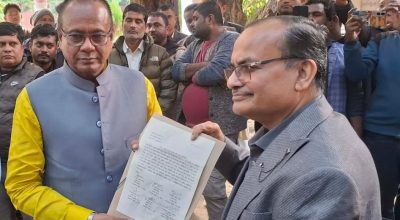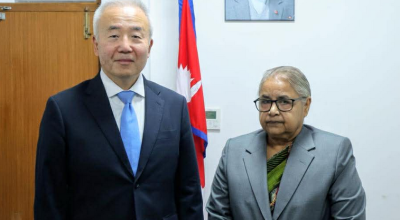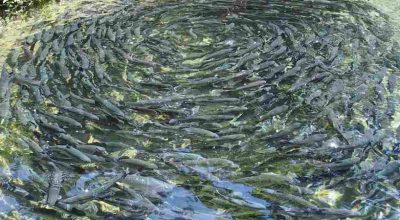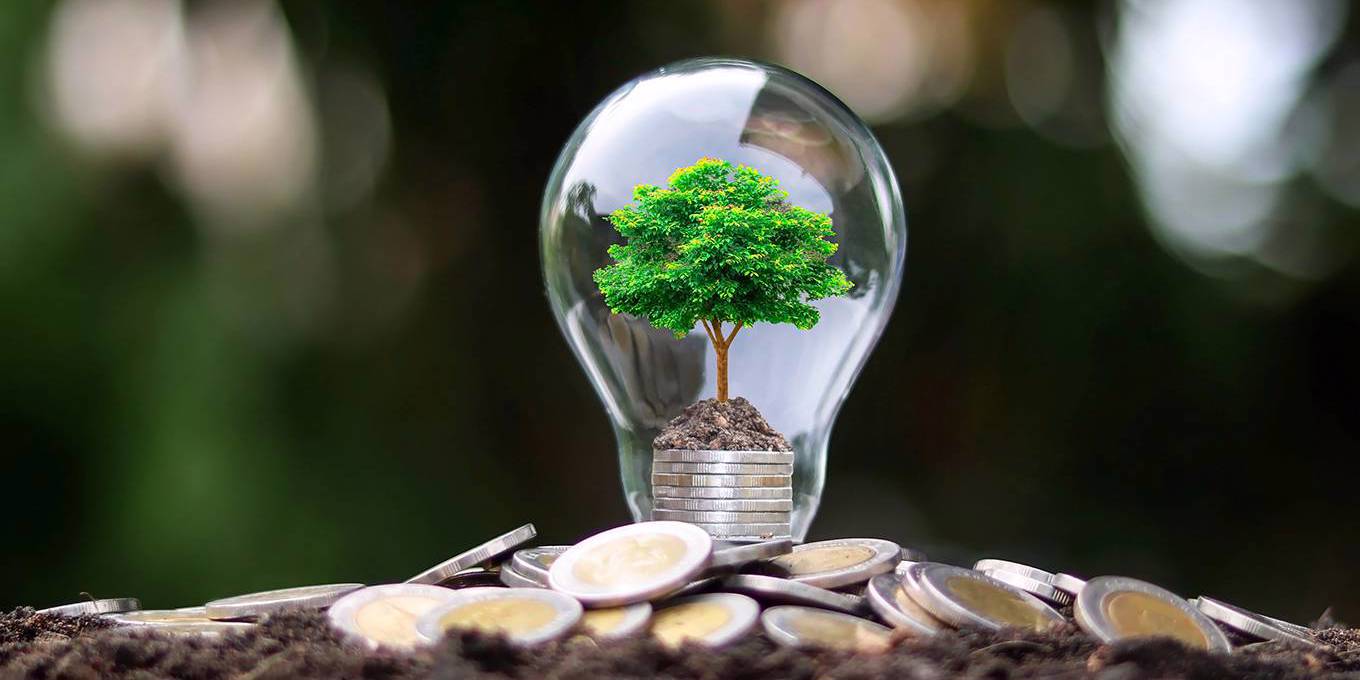
J. David Stewart and Henry P. Huntington


EAGLE RIVER, ALASKA – Addressing the ever-worsening climate crisis will require the largest sustained movement of capital in history. At least $100 trillion must be invested over the next 20-30 years to shift to a low-carbon economy, and $3-4 trillion of additional annual investment is needed to achieve the Sustainable Development Goals by 2030 and stabilize the world’s oceans.
Mobilizing these huge sums and investing them efficiently is well within the capacity of the global economy and existing financial markets, but it will require fundamental changes to how these markets work. In particular, traditional financial institutions will need help in sourcing the right projects, simplifying the design and negotiation of transactions, and raising the capital to fund them.
Many sustainability ideas are small-scale, which partly reflects the nature of innovation, whereby ideas are developed, tested, and, if successful, eventually copied. But the disconnect between those developing sustainability projects and the world of traditional finance means that scaling such initiatives is not straightforward.
At the risk of oversimplifying, sustainability advocates may be suspicious of “Big Finance” and its history of funding unsustainable industries. Investors, on the other hand, may be wary of idealistic approaches that ignore bottom-line realities, and might not be interested in small-scale transactions.
Given this disconnect, how do we scale up sustainable projects from small investments to the $100 million-plus range that begins to attract Big Finance and thus the trillions of dollars needed to make a global difference?
Three steps in particular are necessary. First, securitization techniques should be employed to aggregate many smaller projects into one that has enough critical mass to be relevant. Securitization got a bad name in 2007-08 for its role in fueling the subprime mortgage crisis that brought the developed world to the brink of financial ruin. But when properly managed, joint financing of many projects reduces risk, because the likelihood that all will have similar financial and operational issues simultaneously is low. For the resulting whole to interest investors, however, the numerous smaller projects need to have common characteristics so that they can be aggregated. This cannot be done after the fact.
For example, we need to develop common terms and conditions for pools of similar assets, as is already happening in the US residential solar market. Then, we need to explain the fundamentals of securitization to more potential grassroots innovators through regional conferences that bring together financiers and sustainable-project developers.
Second, we must reduce the complexity of key transaction terms and make it easier to design and negotiate the specifics of instruments used to invest in sustainable projects. In established financial markets, replicating significant parts of previous successful deals is much easier than starting from scratch for each transaction. This approach works because many of the terms and conditions for subsequent deals have already been accepted by key financial players.
Making successful innovations more visible to investors is therefore crucial. To that end, we should establish a high-profile, open-source clearinghouse of previous sustainable projects, including those that have been successfully funded and those that failed. This would be similar to many existing financial-sector databases but freely available, with reputable third-party oversight to ensure accuracy.
Third, the range of funding sources for sustainable projects needs to be expanded and made more transparent. Because sustainability investments may offer lower returns according to historic financial-market metrics, traditional asset-allocation practices, against the backdrop of “efficient markets,” would imply reduced attractiveness. But historic benchmarks do not sufficiently factor in the exploding field of impact investing, which embraces different return and time thresholds and now accounts for about $2.5 trillion of assets. Securitizing tranches of different kinds of impact investing could prove to be a game changer for sustainability financing.
It would thus make sense to create an open-source database of investor appetite – similar to the project database mentioned above – that is searchable by innovators and designers of new sustainable projects. This would make it easier to identify investors – equity, credit, or some hybrid – who might commit funding. The database could be housed in an organization such as the International Finance Corporation, the United Nations, or the Global Impact Investing Network.
There are encouraging precedents. The green bond market started just over a decade ago, and total issuance already could reach $1 trillion this year. And a critical mass of the financial world attended the UN Climate Change Conference (COP26) in Glasgow last November. Under the leadership of UN Special Envoy Mark Carney, the Glasgow Financial Alliance for Net Zero (GFANZ) has made $130 trillion in climate-finance commitments.
In 1983, Muhammad Yunus founded Grameen Bank in order to provide banking services, and especially loans, to individuals (primarily women) previously considered to be “un-bankable.” By the time Yunus won the Nobel Peace Prize in 2006, “micro-lending” had become a global phenomenon, with traditional financial institutions involved in securitizing these loans.
The financial revolution that Yunus started transformed retail lending, streamlined how such transactions are structured, and tapped a new source of scaled investment capital. To help address today’s existential sustainability challenges, capital markets and their major players need to be more innovative still and open the door to non-traditional, even disruptive, voices and ideas.
J. David Stewart, a former managing director at JPMorgan, is a sustainable-finance consultant. Henry P. Huntington is an Arctic researcher and conservationist.
Copyright: Project Syndicate, 2022.
www.project-syndicate.org





